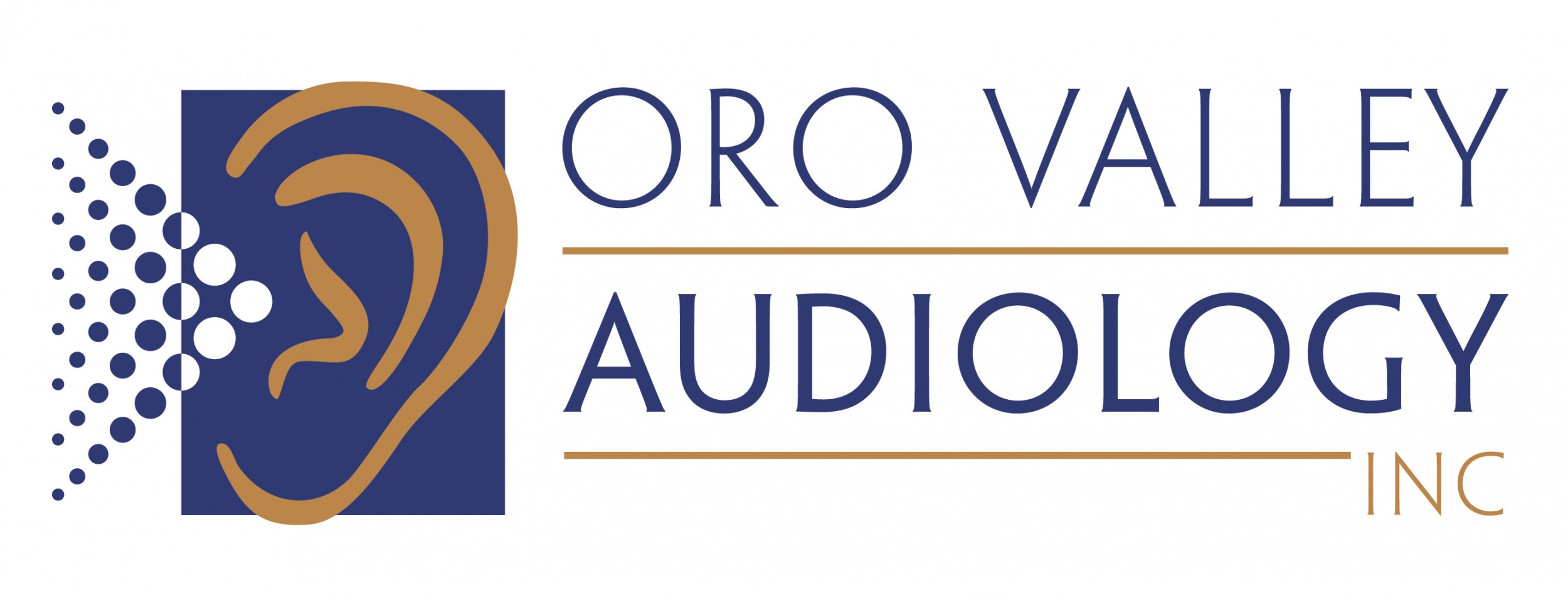As the patient, you are the only one that can determine if you are able to afford hearing aids. We should break down the cost of the hearing aids between the actual product and the services around them. It is not always just about the cost of the individual parts, but it includes the manufacturer’s research and development, cost of doing business, along with the professional who dispenses the units. Education and experience does make things look easier to those who are not trained. For example, my husband is an architect who specializes in commercial buildings. He was registered in 1993 and knows building codes like the back of his hand. Overall, he communicates with the general contractor and subcontractors to ensure a smooth building process. He has worked so hard on the backend, his expertise comes across as subtle, which lessens the impact with the building owners. Being the expert and perfectionist that he is, he knows that although at times his work may not be the cheapest, he possesses the knowledge that people can only gain through experience. This is what makes him stand out from his competitors.
We use our knowledge, education, and drive for excellence to create an experience surrounding hearing healthcare. We break down the cost of the instrument themselves, the fitting procedures, and the follow up care. We want to be transparent in our charges and show how this is added to the product.
The other idea is that expensive is a relative term. According to American Express, the average vacation per person in the United States is $1145. The average vacation for a family is over $4500. In 2021, the new vehicle average transaction price was over $46,000 according to Kelly Blue Book. The price for premium smart phones range between $1000 and $1600 in 2021. The average cost of country club memberships across the US is between $300 and $700 a month – this comes out to $3600-$8400 a year. There is a very wide range when it comes to hearing aids. The cost falls between $1800 and $5000 a pair across the US. The differences are the type of technology in the services surrounding them.
Another example that came from our office was cost versus the life of the product. One of our team members bought a Kirby vacuum for $1,000 over a decade ago. They looked at the cost over time and the warranty was great as well! The average cost was $83 a year, and if they had gotten something less expensive and had to purchase several times, then over time it would have been much more. The cost for an upright on Amazon is around $200, and another team member has purchased 4 vacuums in the past 5 years. It cost just as much as the one Kirby. Keep in mind that cheaper isn’t always the least expensive option.
What would be the future cost if hearing loss was left untreated? The hearing review published survey results on March 18, 2019. It was estimated that with a mild hearing loss it is €216 billion in Europe, and in the US the cost is 133 billion. Each year this amounts to $9100 per person who has an untreated disabling hearing loss. What would make up these numbers? It was determined that each year there is a lower quality of life and less productivity from those with untreated hearing loss. With the loss of productivity in society, there is a higher unemployment rate within this population. This report doesn’t even calculate the additional and increased healthcare costs. The risk of fall is greater with those even with a mild hearing loss. Depression and isolation are reported in this population as well.
As a Dr. of audiology, a patient’s health is the most important driving force, but it is up to the patient to state whether they can afford hearing aids or not. There is also the discussion of insurance coverage, which can be very complex, and we will touch on this on another blog!
Call for your appointment today! 520-825-4770


